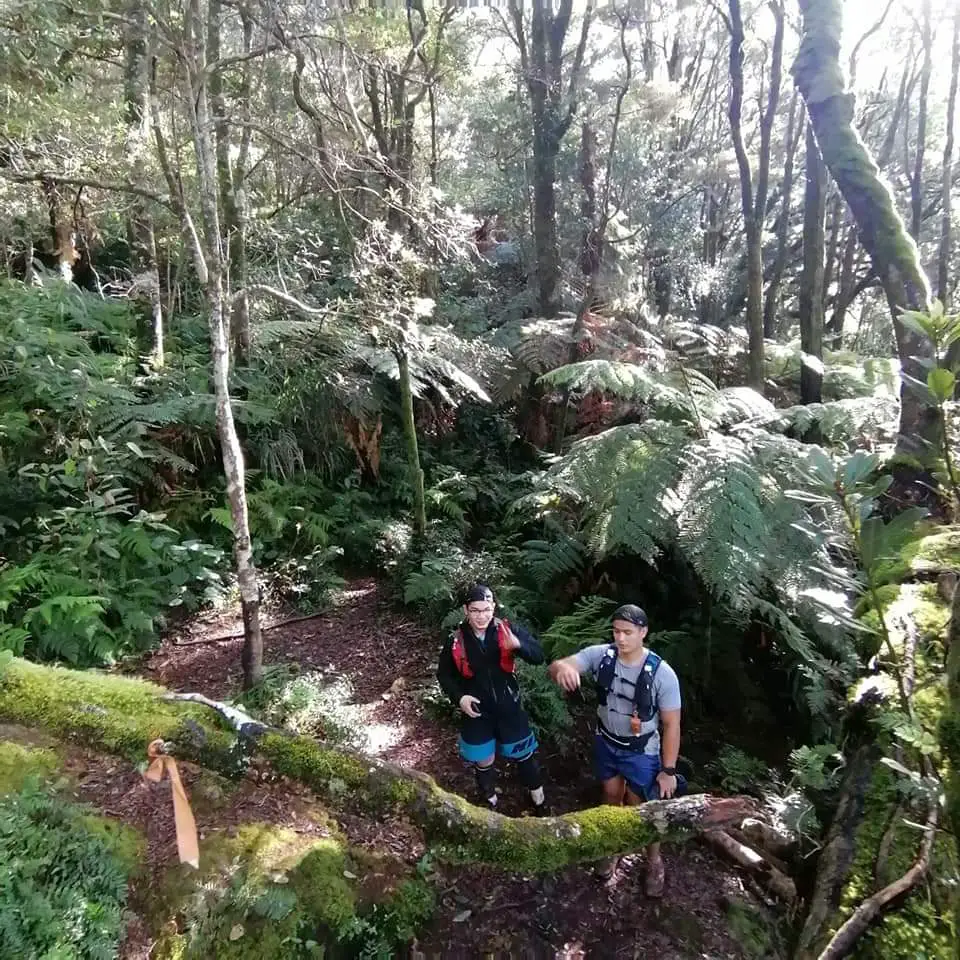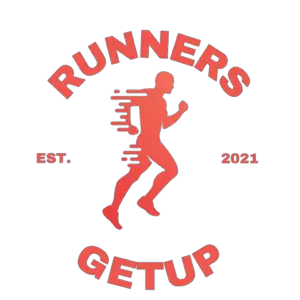This post contains affiliate links.
GPS watches are a great tool for every runner. It gives you useful data that you can use for your training. But does it work as well for trail runners who run in the woods? How accurate are these watches in the woods?
In general, GPS watches works well in the woods. However, the big trees and thick canopy can block the signal and create multipath which could affect the accuracy of GPS watches. Therefore, GPS watches are more accurate in open spaces than in the woods.
Ahead, we will look at how woods and thick canopy blocks the signal and what do these watches do to mitigate these errors. But first, let’s find out how GPS watches work.
What Is A GPS and How Does It Work Work
A GPS is an acronym for Global Position System and it is a US-owned global navigation satellite system (GNSS).
But it isn’t the only navigation satellite there is. There are also some GNSS owned by other countries like the GLONASS from Russia and Galileo from the EU.
Here’s a list of other GNSS, their accuracy, and the number of satellites they use.
| GNSS | Owner | Accuracy | No. of Satellites |
|---|---|---|---|
| GPS | USA | 5m to 1m | 32 |
| GLONASS | Russia | 7m | 26 |
| Galileo | EU | 7-1m | 26 to 30 |
| BeiDou | China | 10-2m | 15 to 35 |
| IRNSS | India | 20m | 7 to 11 |
| QZSS | Japan | 2-3m | 4 |
For successful navigation to work, it needs two things:
- Satellite: a GNSS that sends signals to the receiver (e.g. GPS, GLONASS, Galileo, BeiDou)
- Receiver: a device that receives the signal from the satellite (your GPS running watch)
The satellites send a signal to your watch and your watch can determine the exact time the signal left the satellite and the time it received the signal.
By calculating the time it took for the signal to travel and the speed of the signal, it can determine the distance between the satellite and your GPS watch.
One satellite alone can’t determine your exact location. So, your GPS watch will receive signals from at least 4 satellites to triangulate your location.
As a general rule, the more satellites your GPS watch uses, the more accurate the data is. That is why most high-end GPS watches use a multi-GNSS chip that allows them to receive signals from two or more GNSS.
An example of this is the Garmin Forerunner 745 (and other Garmin GPS watches). It can receive a signal from GPS, GLONASS, and Galileo making it more accurate than a single-GNSS watch.
Is Your GPS Watch Accurate In The Woods?
You might have some instances where your data on your trail running session just doesn’t make sense. You don’t think your speed was that slow or that the distance was that short. You might be wondering, is your GPS watch accurate in the woods?
As a general rule, your GPS watch is less accurate in the woods than in an open space because the woods and thick canopy can block the signal from the satellite to your watch.
It could also cause a multipath or the bouncing of the signal to the trees before it reaches your watch that can contribute to the inaccuracy.
But don’t get discouraged from using your GPS watch in the woods. Most new GPS watches have technology that could mitigate the signal coming from multipath. If the GPS watch detects that the signal came from an angle, it simply disregards it or processes it in a complex algorithm to make adjustments.
How Accurate Is Your GPS Watch In The Woods?
Because of the upgrades in your watch’s antennas, multi-GNSS compatibility, and the complex algorithms that are built to make the data more accurate, multipath and other conditions that could affect the watch’s accuracy only affect it by approximately 0.2 to 0.6 meters.
Therefore, it’s safe to consider that GPS watches are fairly accurate even in the woods.
But like all things, not all GPS watches are created the same. Some GPS watches are better than others.
I have tried using a watch that was off by almost 2km on a route I was familiar with. These watches are usually on the cheaper side.
I’ve noticed that these watches work well on open spaces, however, once I take them out to the woods they become wildly inaccurate. Sometimes, I even get different distances on the exact same route when I use them on separate occasions (And I’m pretty sure I run on the exact same route).

That said, if you’re serious about trail running, you have to make sure you’re using a reliable device.
I have a few tips on choosing a good running watch.
Tips On Choosing A GPS Watch For Running In The Woods
Invest in an already-trusted brand. There are a lot of tech companies taking space in wearables. But as a runner, if you want data you can rely on, you should invest in a watch that you can rely on.
The best way to do this is by investing in manufacturers with a proven track record of making good and reliable GPS watches. Here are brands that I trust:
- Garmin
- Suunto
- Polar
- Coros
Now, it doesn’t mean that other GPS watches from other brands aren’t accurate. Most of them are. I’ve used a Huawei GT2e that shows the same or very close data to my Coros Pace 2 even in the woods.
What I’m trying to point out is that choosing a watch from a trusted brand removes the guesswork.
Find a multi-GNSS compatible watch. Multi-GNSS compatible means it can use multiple satellite systems at once.
That means it gathers data from multiple satellite sources making it more accurate than watches that use only a single satellite system.
Here are some multi-GNSS compatible watches:
- Garmin Forerunner 745 (GPS, GLONASS, Galileo)
- Garmin Fenix 6 (GPS, GLONASS, Galileo)
- Coros Pace 2 (GPS/QZSS, GLONASS, BeiDou)
- Polar Vantage V2 (GPS, GLONASS, Galileo, QZSS)
Invest in performance. Because using the GPS is battery-heavy, it only makes sense to invest in a device that could handle the work for long hours.
I recommend that you get a watch that could last upwards of 20 hours on full-GPS mode. You don’t want a watch that dies in the middle of your run and lose all your data.
Best Watches For Trail Running In The Woods
- Garmin Fenix 6x – Best overall
- Coros Apex Pro – Best alternative
- Coros Pace 2 – Best Value (and my favorite watch)
Garmin Fenix 6x
I consider the Garmin Fenix 6x to be the best overall. It’s equipped with a very useful topo map that is very useful for trail runners, it has an excellent battery life, and it has other additional features like standalone music and on-wrist payments.
Not to mention, the Garmin ecosystem is probably the best ecosystem there is for serious athletes.
The only thing that holds me back is the price. It costs upwards of $650 which, I feel, is too much for me and most people. But, if you can afford it, it’s a solid buy and I highly recommend it! You can get it on Amazon.
Coros Apex Pro
If you’re not the “extra features” kind of guy, the Coros Apex Pro is a great alternative to the Garmin Fenix 6.
It does all the basic functions of a GPS watch but it doesn’t have the extras like an on-wrist payment, and built-in music.
It has a longer battery life (40 hours), a stronger and more scratch-resistant screen, and a more affordable price. You can check the price on Amazon.
Coros Pace 2
If you’re looking for an affordable yet very reliable watch, the Coros Pace 2 is the best you can get.
It has 30 hours of battery life in Full-GPS mode which is more than enough for a whole day of trail running.
It also has some extra features. It has a full-body muscle heat map that shows you areas of your body that are overworked so you can plan your next training session better (very useful if you’re someone who does strengthening exercises).
And the best thing about it… You’re paying less than half of what you’ll pay for the two watches I mentioned above. You can check the price on Amazon.
Final Thoughts
Having a GPS watch is a great tool to maximize your training. To get the most value from it, you have to make sure that you invest in an accurate GPS watch.
All of the watches I’ve mentioned above are accurate and are used by a lot of athletes, professionals, and amateurs, for their day-to-day training.

